The tropical island province of Hainan, China's southernmost frontier, has become an unlikely battleground in the nation's fight against drug trafficking. What makes this story extraordinary isn't just the scale of narcotics interdiction, but the unconventional heroes at the heart of these operations - a special squad of highly trained pigs working alongside customs officers.
For decades, Hainan's porous coastline and busy ports have made it an attractive transit point for international drug cartels. The island's proximity to the Golden Triangle and Golden Crescent narcotics production regions, combined with its status as a free trade port, created perfect conditions for smuggling operations. Traditional detection methods were struggling to keep pace with increasingly sophisticated trafficking techniques.
That changed in 2018 when Hainan Customs launched an experimental program unlike anything seen in law enforcement. Drawing on pigs' exceptional olfactory abilities - reportedly 200 times more sensitive than humans - the agency began training juvenile swine to detect narcotics. The program's unlikely success has rewritten the playbook for anti-smuggling operations across China.
A Porcine Revolution in Narcotics Detection
The concept of using pigs for detection work isn't entirely new. During World War I, both sides employed pigs as gas detectors in trenches. However, Hainan Customs took this idea further by developing a comprehensive breeding and training regimen specifically for narcotics detection. The program's lead trainer, Commander Li Weiguo (a pseudonym for security reasons), explains: "Dogs have been the gold standard for decades, but pigs offer distinct advantages. Their sense of smell is more nuanced, they're less prone to distraction, and they can work longer shifts in tropical conditions."
The training process is rigorous. Piglets are selected at three months old based on temperament and olfactory responsiveness. Over six months, they progress through scent recognition, alert behaviors, and simulated search scenarios. The final stage involves live operations at ports and airports under strict supervision. Only about 30% of candidates make the cut.
What makes these pigs particularly effective is their ability to detect drugs concealed in ways that fool traditional methods. In one documented case, a pig named Zhu Gangqiang (a play on words meaning "Strong Pig") identified heroin dissolved and soaked into wooden carvings. The liquid had been allowed to evaporate, leaving the narcotics undetectable to most equipment. The pig's persistent scratching at apparently clean merchandise led inspectors to laboratory testing that confirmed the presence of drugs.
Operation Golden Coast
The pigs' capabilities were put to the test during 2021's Operation Golden Coast, a six-month intensive crackdown on maritime drug smuggling. Customs officials had intelligence about a major shipment coming through Yangpu Port, but traditional searches of suspect vessels came up empty. That's when the pig squad was deployed.
Working in rotating teams of three, the pigs systematically inspected containers over 72 hours. On the second day, a female pig named Xiaolong (Little Dragon) became agitated near a shipment of frozen seafood. Her behavior prompted inspectors to thaw several boxes, revealing 120kg of methamphetamine embedded in ice blocks. This breakthrough led to the dismantling of an international ring that had been operating for years.
Commander Li recalls: "That operation changed everything. We seized nearly half a ton of various narcotics and made 37 arrests. More importantly, it proved our pigs could outperform both machines and dogs in certain scenarios."
The Science Behind the Snouts
Researchers at Hainan University's Veterinary Science Department have been studying the pigs' remarkable abilities. Dr. Chen Lanying, lead researcher on the project, explains: "Porcine olfactory receptors are structured differently from canines. They can detect certain chemical signatures at concentrations we previously thought impossible to identify without laboratory equipment."
The team's findings suggest that pigs may be particularly adept at identifying new synthetic drugs, which often evade detection because their chemical signatures aren't yet in databases used by electronic scanners. This could prove invaluable as traffickers increasingly turn to designer drugs.
However, the program isn't without challenges. Pigs require specialized care - they need mud wallows to regulate body temperature and prevent sunburn in Hainan's climate. There's also public relations work; some inspectors initially resisted working with animals culturally associated with dirtiness. These perceptions changed as the pigs' success rate became undeniable.
International Attention and Future Developments
Hainan's porcine detectives have attracted global interest. Law enforcement agencies from Southeast Asia, Latin America, and even the U.S. DEA have sent delegations to observe the program. While no country has yet implemented a similar system, several are reportedly considering pilot projects.
Back in Hainan, the program continues to evolve. The third generation of detection pigs is currently in training, with an expanded focus on explosives and currency detection. There's even talk of breeding a specialized Hainan Customs swine line optimized for detection work.
As Commander Li puts it: "These animals aren't just tools - they're partners. They've saved countless lives by keeping drugs off our streets. That's something everyone can appreciate, regardless of how unconventional the method may seem."
The story of Hainan's narcotics-sniffing pigs is more than just a curious footnote in law enforcement history. It represents innovative thinking in the face of evolving criminal tactics, and perhaps signals a new frontier in detection technology - one that looks back to nature's solutions rather than always reaching for technological ones.
As drug trafficking networks grow more sophisticated, Hainan Customs has demonstrated that sometimes the most effective weapons are those we least expect. In the humid ports and bustling airports of this tropical island, a team of determined pigs and their human handlers are writing a new chapter in the global fight against narcotics - one snort at a time.

By /Jul 21, 2025
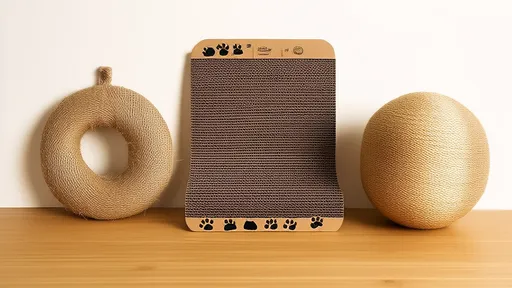
By /Jul 21, 2025

By /Jul 15, 2025
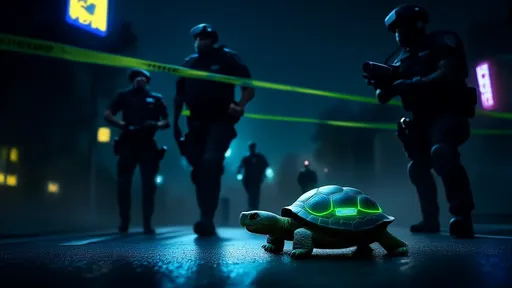
By /Jul 15, 2025
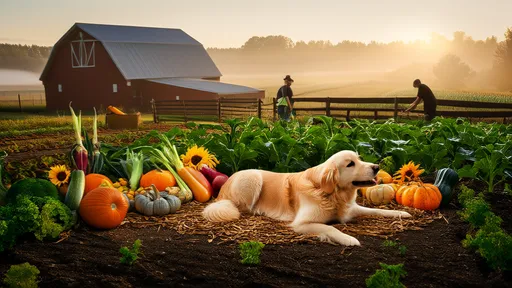
By /Jul 15, 2025
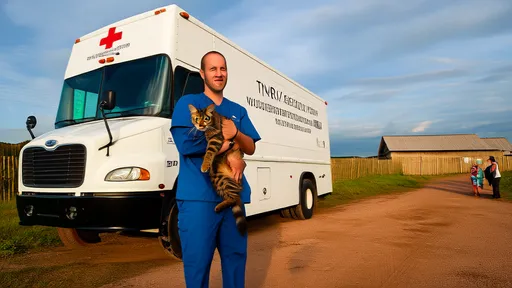
By /Jul 15, 2025

By /Jul 15, 2025

By /Jul 15, 2025

By /Jul 15, 2025
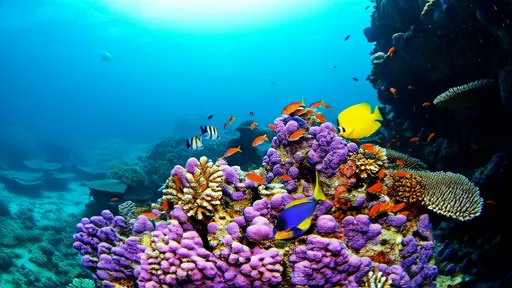
By /Jul 15, 2025
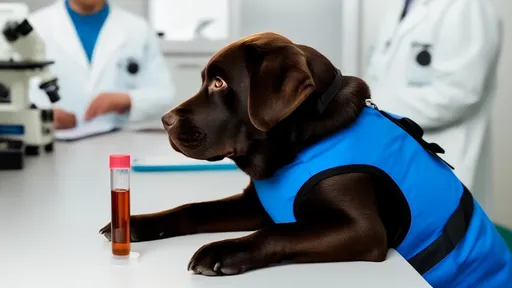
By /Jul 15, 2025
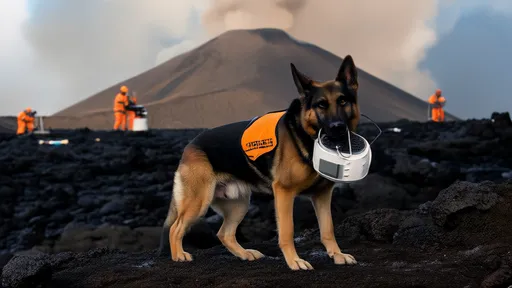
By /Jul 15, 2025

By /Jul 15, 2025
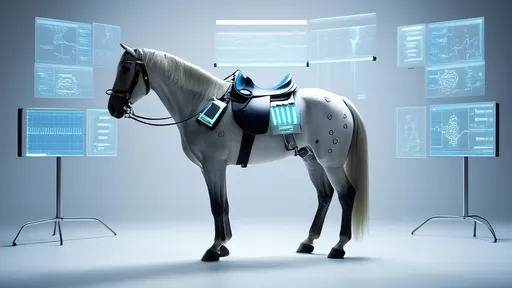
By /Jul 15, 2025

By /Jul 15, 2025
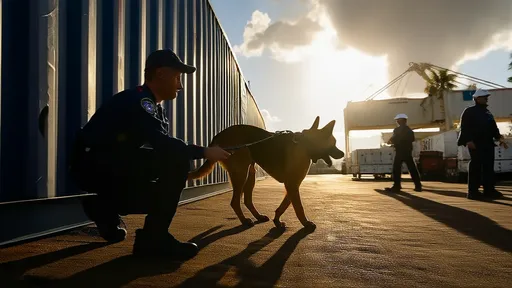
By /Jul 15, 2025
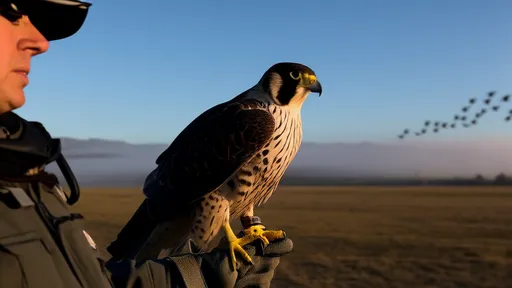
By /Jul 15, 2025

By /Jul 15, 2025